26+ MLA Research Paper Examples to Download
If you’re a student or researcher, chances are you’ve come across the term “MLA Research Paper” in your academic journey. But what exactly does it entail? In this article, we will explore the definition of an MLA Research Paper, provide a step-by-step guide on how to write one in MLA format, address some frequently asked questions, and conclude with creative insights. Whether you’re new to the world of MLA Research Papers or looking for a refresher, this article will equip you with the necessary knowledge to tackle your next scholarly endeavor.
1. MLA Research Paper
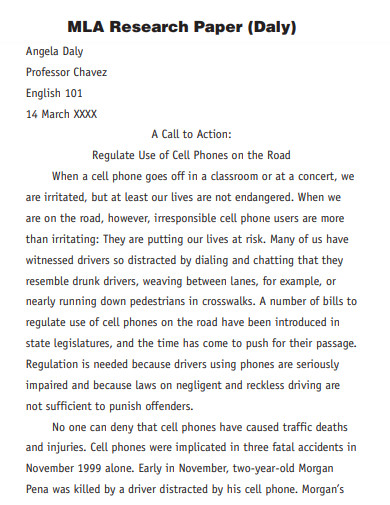
depts.washington.edu
2. MLA Research Paper Format
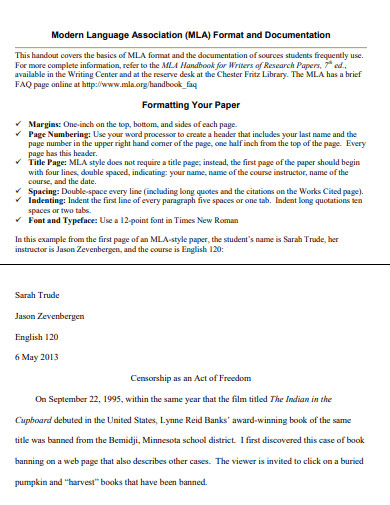
und.edu
3. Formatting MLA Research Paper
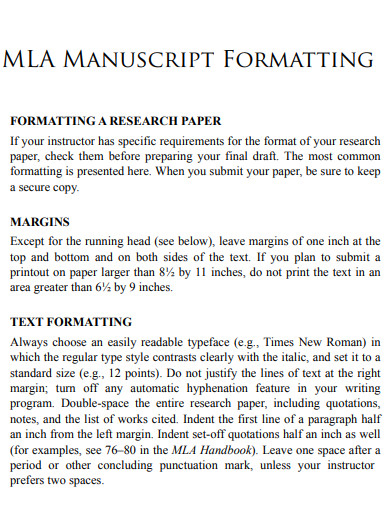
upla.cl
4. MLA Handbook for Writers Research Paper
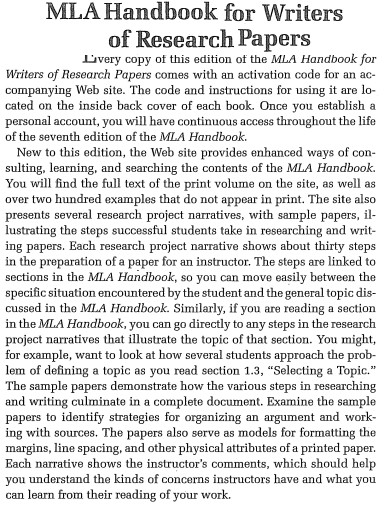
eclass.uoa.gr
5. MLA Sample Research Paper
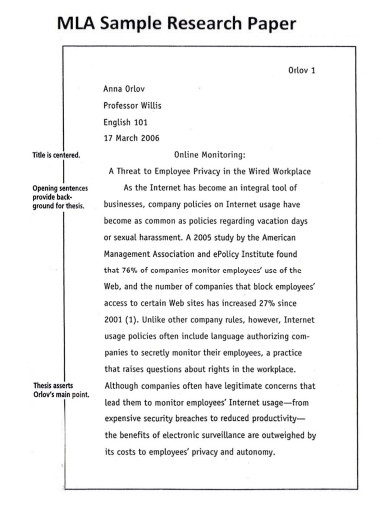
msubillings.edu
6. MLA Style for Academic Research Paper
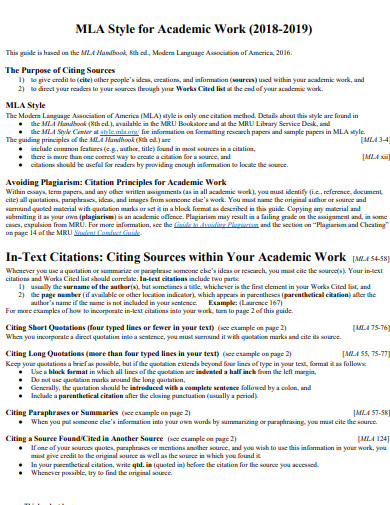
mtroyal.ca
7. MLA Style Page of Research Paper
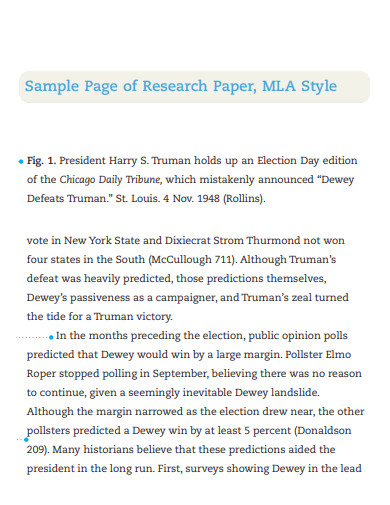
wwnorton.com
8. MLA Citation Style Research Paper
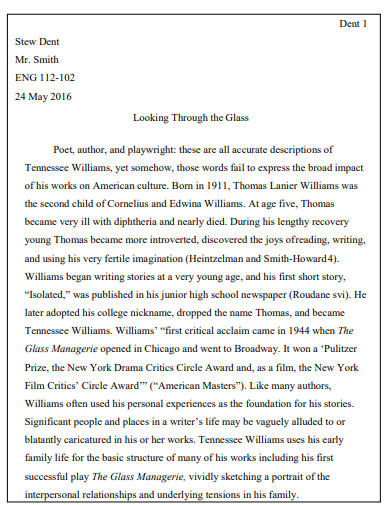
cccti.edu
9. MLA Research Paper Quote
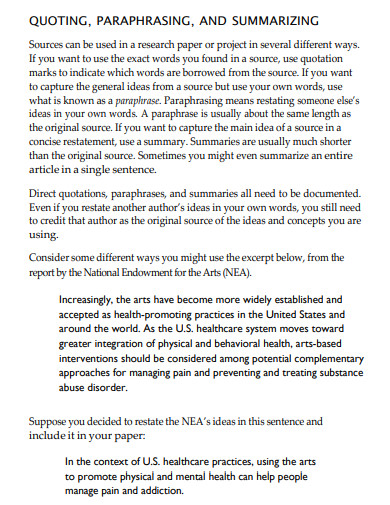
pearson.com
10. Critical Review MLA Research Paper
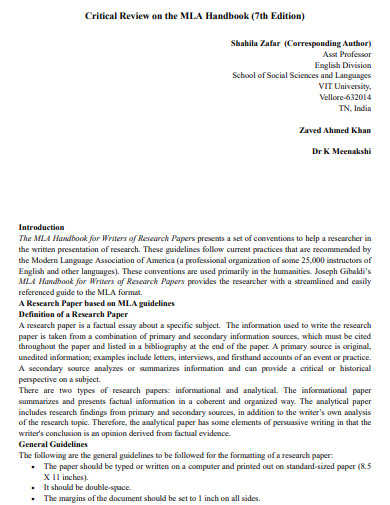
the-criterion.com
11. MLA Research Paper Guide
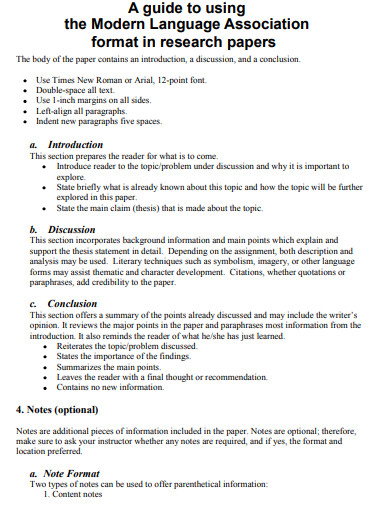
nova.edu
12. MLA Musical Research Paper
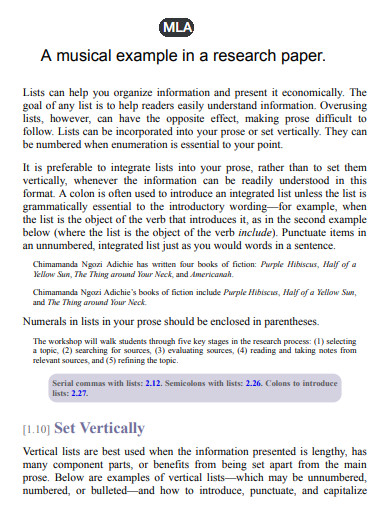
bibliotecadefilologia.usal.es
13. MLA 7th Research Paper
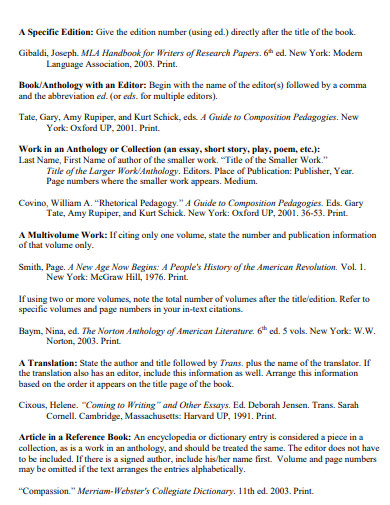
strose.edu
14. MLA Research Paper Title Page
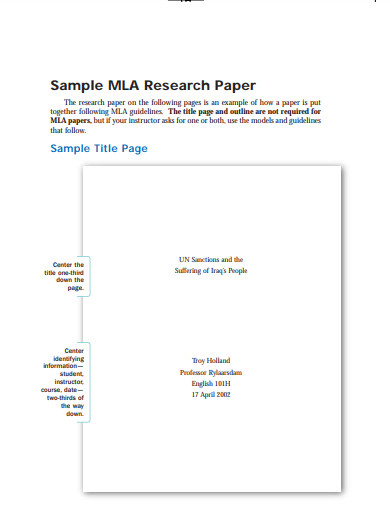
college.cengage.com
15. MLA Research Paper In-Text Citations
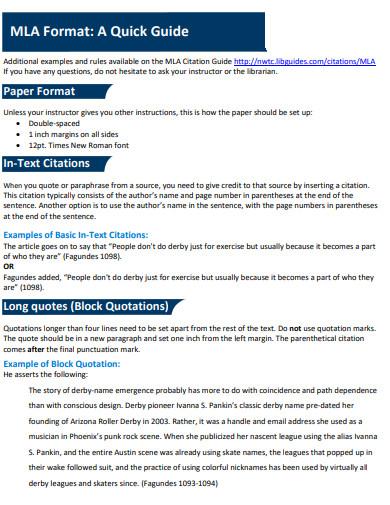
nwtc.edu
16. MLA Research Paper Endnotes
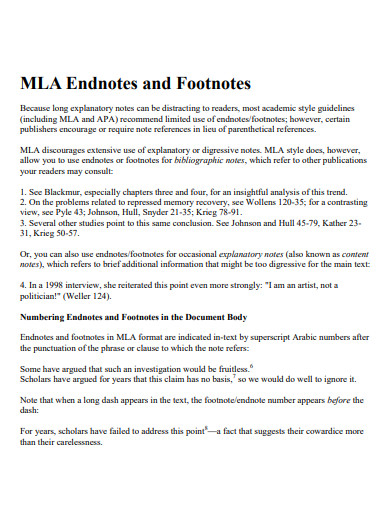
core-docs.s3.amazonaws.com
17. MLA Research Paper Annotated Bibliography
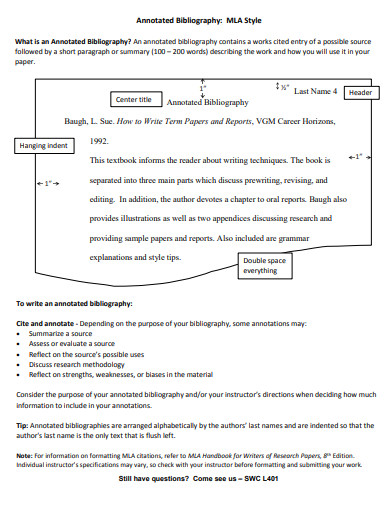
delmar.edu
18. MLA Research Paper Proposal
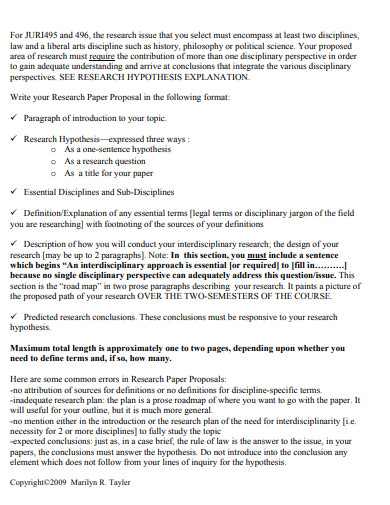
oakland.edu
19. Steps for MLA Research Paper
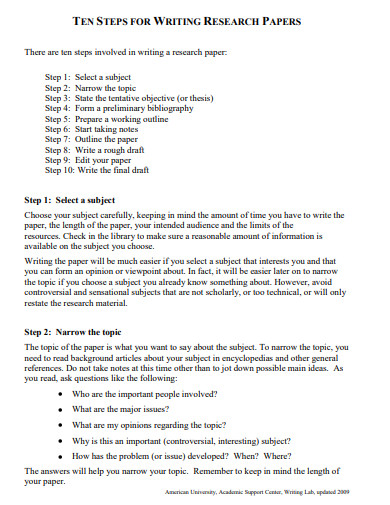
american.edu
20. Student Paper MLA Research Paper
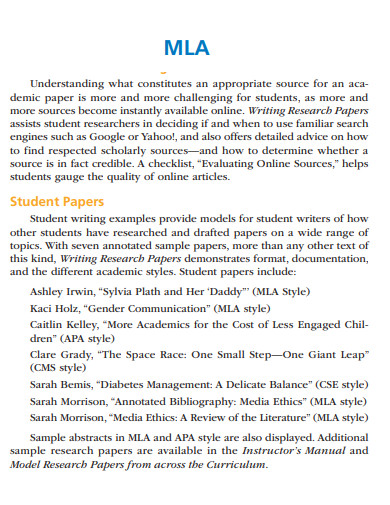
farname.ir
21. MLA Research Paper Style Guide
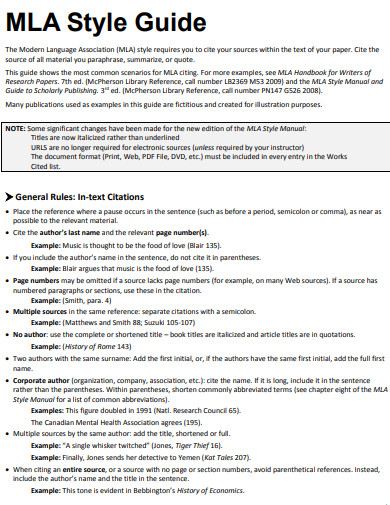
thelawbrigade.com
22. MLA Research Paper Layout

writing.colostate.edu
23. MLA Social Research Paper
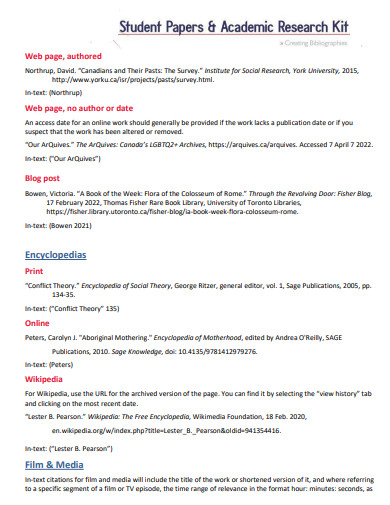
spark.library.yorku.ca
24. MLA Research Paper Citation

maine.gov
25. MLA First Research Paper
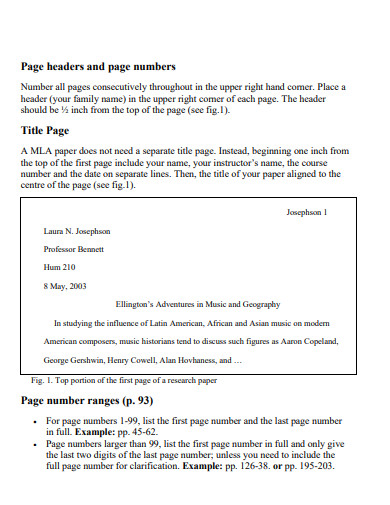
ubishops.ca
26. MLA Research Term Paper
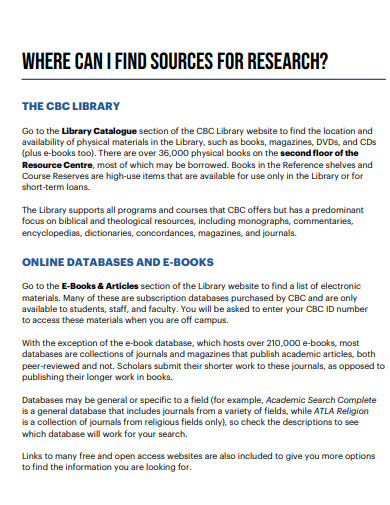
columbiabc.edu
27. MLA Research Paper Dissertations
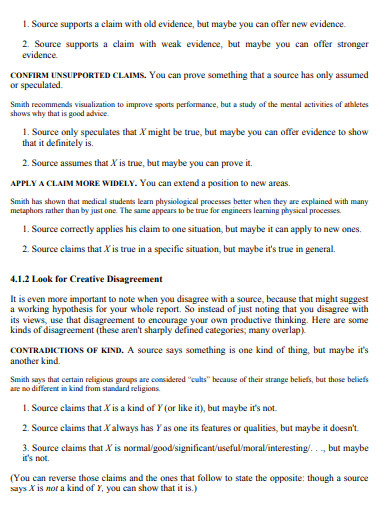
jcs.edu.au
What is MLA Research Paper?
An MLA Research Paper is a specific type of academic document that follows the guidelines established by the Modern Language Association (MLA). It is commonly used in the fields of humanities, such as literature, language, and cultural studies. The purpose of an MLA Research Paper is to present a well-researched argument or analysis on a particular topic, backed by credible sources and organized in a specific format. By adhering to the MLA style, researchers ensure consistency, clarity, and uniformity in their academic writing.
How to Write a Research Paper in MLA Format
Embarking on the task of writing a research paper in MLA format may seem daunting at first, but with a clear and systematic approach, you can navigate through it successfully. In this step-by-step guide, we will walk you through the process, providing helpful tips and insights along the way. From conducting thorough research to crafting an engaging introduction, building the body of your paper, and concluding with impact, each step is crucial in creating a well-structured and compelling MLA research paper. So, let’s dive in and discover the key elements and strategies that will elevate your academic writing to new heights.
Step 1: Conduct Thorough Research
Before diving into writing, conduct comprehensive research on your chosen topic. Consult various scholarly sources such as books, academic journals, and reputable websites to gather relevant information.
Step 2: Develop an Outline
Create a well-structured outline that serves as a roadmap for your paper. Organize your main points and supporting evidence in a logical order to ensure a coherent flow of ideas.
Step 3: Craft an Engaging Introduction
Begin your MLA Research Paper with an introduction that captures the reader’s attention and provides necessary context. Clearly state your research objective and provide a brief overview of the main points you will discuss.
Step 4: Build the Body of Your Paper
In the subsequent paragraphs, present your arguments, analysis, and supporting evidence. Follow a clear text structure, ensuring each paragraph focuses on a single idea and smoothly transitions to the next. Use proper citations to credit your sources and avoid plagiarism.
Step 5: Summarize and Conclude
Conclude your MLA Research Paper with a concise summary of your main points and restate your thesis statement. Emphasize the significance of your research and its implications, leaving the reader with a lasting impression.
FAQs
Do I need to include a cover page in my MLA Research Paper?
No, according to the MLA guidelines, a cover page is not required for MLA Research Papers. Instead, your name, instructor’s name, course title, and date should be placed at the top left corner of the first page.
How should I handle citations in an MLA Research Paper?
In MLA format, citations are typically included in parentheses within the text, providing the author’s last name and the page number from the source. Additionally, a works cited page should be included at the end of the paper to provide detailed bibliographic information for each source cited.
What is the recommended outline format for an MLA Research Paper?
An MLA Research Paper typically follows the alphanumeric outline format. It consists of Roman numerals (I, II, III), capital letters (A, B, C), Arabic numerals (1, 2, 3), and lowercase letters (a, b, c) to organize the main points and subpoints of your paper.
In conclusion, writing an MLA Research Paper requires careful attention to detail, proper citation, adherence to the MLA style guidelines, and a well-structured approach. By following the step-by-step guide provided here, you will be equipped with the essential tools to create a compelling and scholarly piece of academic writing. Remember to check the various articles and resources available to enhance your overall writing skills, and always keep your objective in mind as you embark on your research journey.

